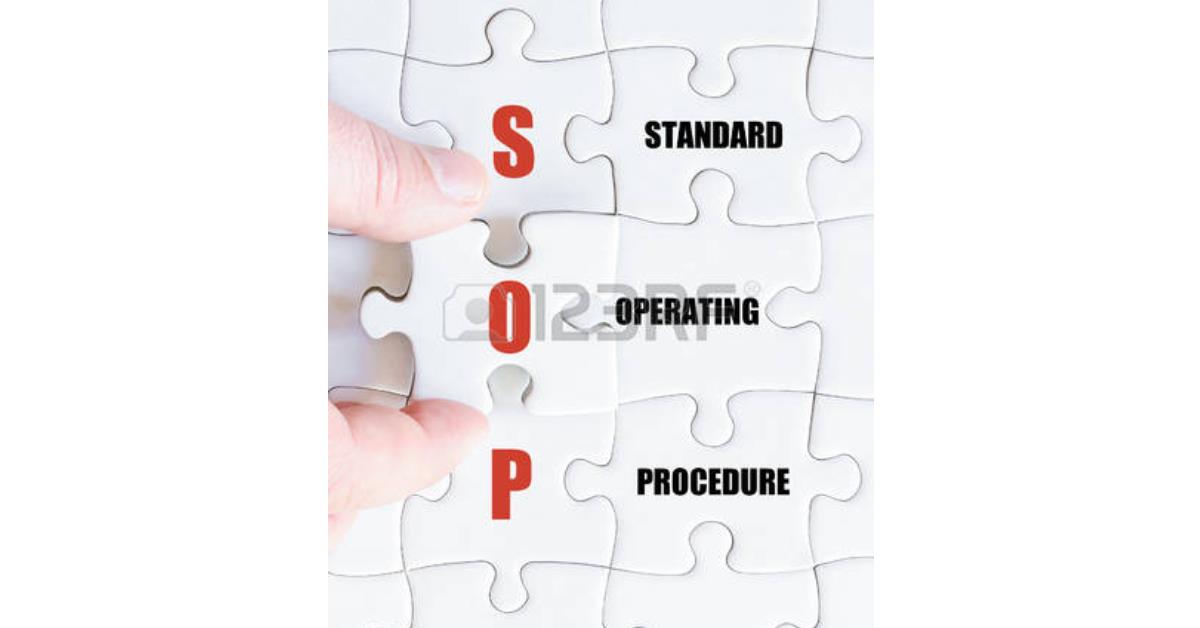How a Standard Operating Procedure for Inventory Control can Benefit your Business
Whichever type of business you own, inventory control is extremely important. Your inventory should move each time orders are received, deliveries are made to your client, transfers are done to different locations and when the inventory is relocated within your facility. Additionally, you should also track losses due to theft or damage.last updated Sunday, March 31, 2024
#Standard Operating Procedure #Inventory Control
| | by John Burson |

QUICK LINKS
AD
Get access to EB 5 Visa Investment Projects
A standardized operating procedure will enable all workers responsible for inventory to know the steps they should take every time the inventory is moved.
Storage and Control
Different products kept in a store have unique storage requirements. Some have to be kept at certain temperatures, others are rotated to ensure a timely shipment, and others have environmental requirements. An ideal standard operating procedure example should reflect all requirements and prompt all workers to monitor the inventory for any rotation requirements. A deficient storage method will expose your inventory to much waste through inappropriate storage or expiration.
Receiving Goods and Supplies
Inventory control begins after orders reach the receiving department. The receiving personnel should start documenting all items and visually inspect all items in each shipment. Any damaged items or items that don’t match the order should be refused. Shipping orders should be documented properly, especially when some items are incomplete or broken.
Storage Security
The two main causes of any losses you may incur are customer and employee theft. To solve the problem, consider installing security personnel and cameras and limiting employees' access to areas related to their positions. Also, ensure that all employees sign a theft policy so that they know what happens when they are found stealing. Along with the theft policy, provide a way for employees to report a theft.
Scheduling and Rotation
You should have inspection dates for all items where you’ll inspect for the expiration dates and sell the oldest items. The expired items should be disposed of and documented. Physical inspections should also be scheduled, and any missing items should be documented in the inventory control.
Product Shipping
Shipped products should be removed from the inventory carefully because if an employee allows more products to leave the store, this is a potential loss area. Products not removed from the inventory after they are sold later appear as excess.
Free Consultation
Similar Pages
- Five Steps To Making Sales Through Social Media

- LinkedIn Sales Navigator, GMail & CRM: Working Together to Boost Sales

- Tools and services for B2B marketers on Social Media Marketing

- 10 Essential B2B Social Media Tools for Efficient Marketing

- B2B Social Media Marketing: Smart Ways to Generate Leads

- B2B Video Marketing: Best Practices to engage customers and improve conversion

- B2B SEO: Best Practices

- B2B Social Selling: Making a Foolproof Plan

Popular
Benefits of the EB-5 Visa Program | Guide
Search within Paperfree.com
